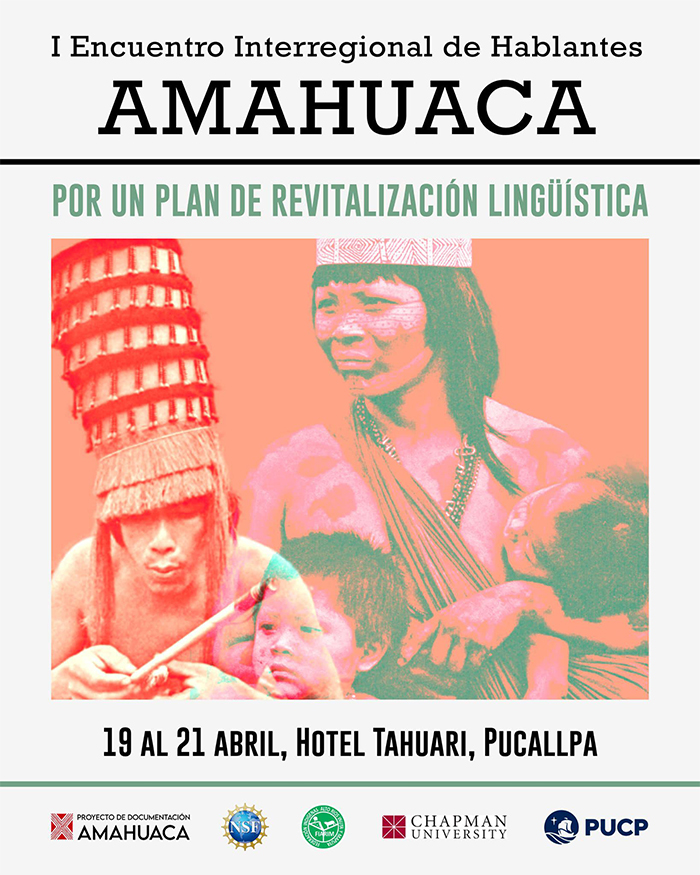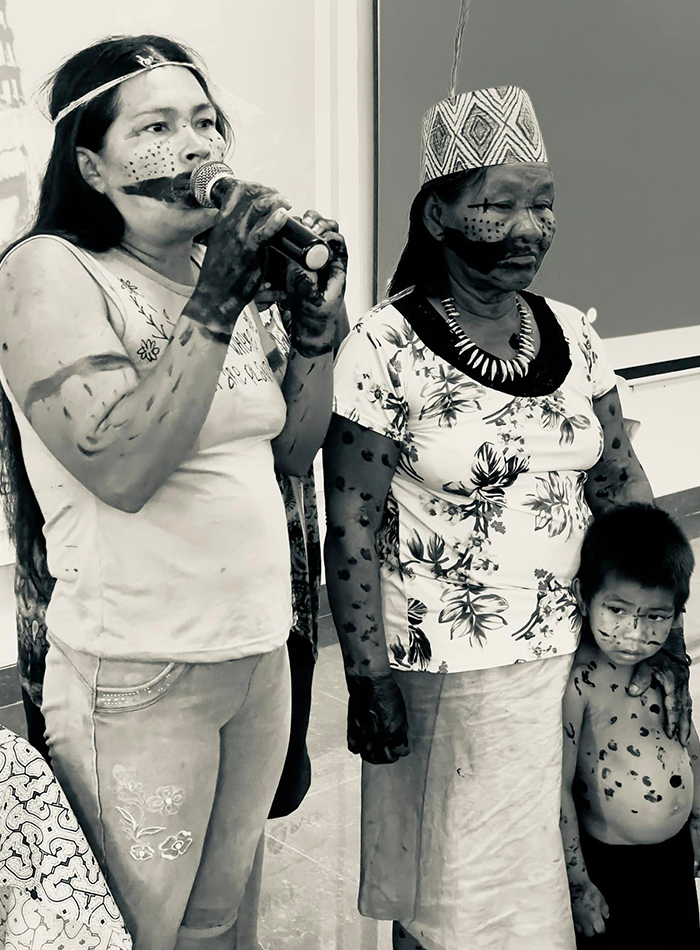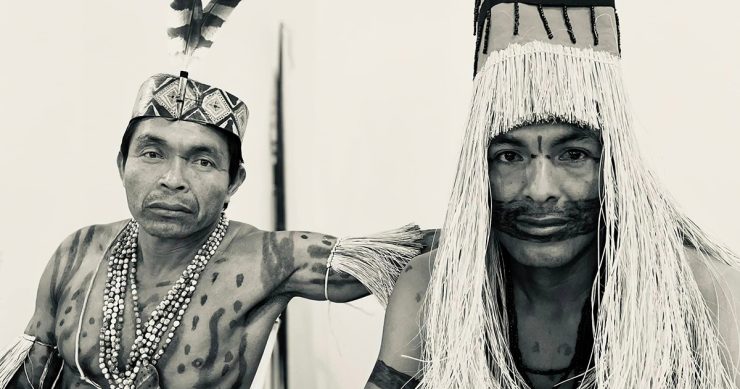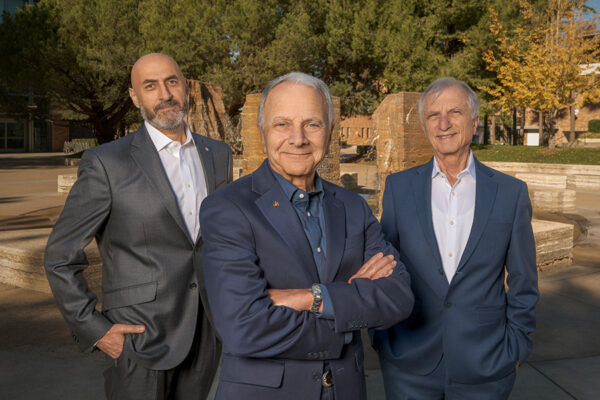 Over the past 75 years, the number of unique languages has steadily declined. Today, more than 7,000 languages are spoken, but one in four is endangered. At current rates, about 90% of all languages will become extinct in the next 100 years.
Over the past 75 years, the number of unique languages has steadily declined. Today, more than 7,000 languages are spoken, but one in four is endangered. At current rates, about 90% of all languages will become extinct in the next 100 years.
The Amahuaca people, an Indigenous group from the Amazon basin of Peru, are among those who face the imminent threat of losing their native language. In a community of fewer than 1,000 individuals, less than 400 speakers remain. Recognizing this critical need, Chapman University Professor Pilar Valenzuela and a team of linguists are now racing to study and document the Amahuaca language with support from a National Science Foundation grant.
Preserving the language has been challenging because the Amahuaca people traditionally live in separate villages, some in voluntary isolation, and have limited communication with outsiders. Valenzuela and her team recently convened representatives from several villages to strategize ways to address challenges posed by language loss and develop a comprehensive two-year language revitalization plan. Many members of the tribes are now connected on the mobile messaging app WhatsApp and are sharing updates on the work. Other parts of the revitalization plan include bringing Amahuaca teachers into areas where the language is no longer spoken and creating a trilingual (Amahuaca-Spanish-English) dictionary (with an audio component) and bilingual storybook.
 Valenzuela says she was excited by the strong turnout and inspired by the sense of connection among tribal members meeting for the first time.
Valenzuela says she was excited by the strong turnout and inspired by the sense of connection among tribal members meeting for the first time.
“The Amahuaca people have shown incredible determination and unity in their pursuit of language revitalization,” says Valenzuela. “It is an honor to work alongside them and witness their unwavering dedication to preserving their cultural heritage.”




